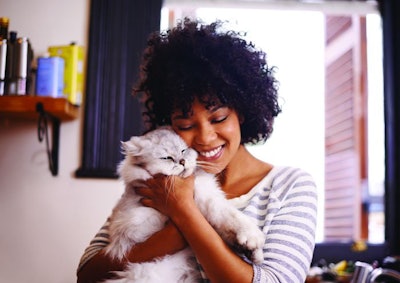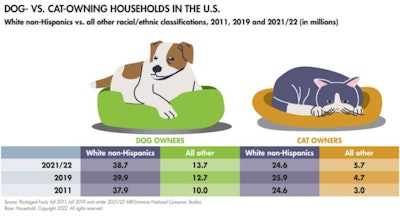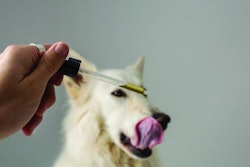
In terms of dog ownership patterns in the wake of COVID-19, as reported here in last month’s column (Petfood Industry magazine, June 2022), money has mattered. MRI-Simmons national consumer survey data show that the same holds true for cat ownership patterns, though not quite as sharply:
- Between pre-pandemic 2019 and winter 2021/2022, the number of dog-owning households with an income of under US$30,000 dropped by 24% (to 7.9 million), while the number with an income of US$100,000 or more jumped by 17% (to 6.2 million).
- Between 2019 and winter 2021/2022, in turn, the number of cat-owning households with an income of under US$30,000 similarly dropped by 27% (to 6.4 million), while the number with an income of US$100,000 similarly jumped by 21% (to 3.1 million).
Pet ownership patterns by race/ethnicity, in contrast, vary notably — both longer term and from a more recent pre- vs. post-COVID perspective.
Recent race/ethnicity patterns in pet ownership
Among white non-Hispanic households, factoring in attrition in pet ownership in the wake of COVID-19, the number of dog-owning households has increased by less than a million between 2011 and 2021/22 (see Table 1). Even more tepidly, the number of cat-owning households has ended up where it started, at 24.6 million in 2011 as well as 2021/22.

For racial/ethnic and multi-cultural minorities, however, the number of dog- or cat-owning households not only grew significantly between 2011 and 2019 but has kept growing since the pandemic. For these minorities in aggregate, the number of dog-owning households grew from 10.0 million to 13.7 million, and the number of cat-owning households from 3.0 million to 5.7 million, according to these MRI-Simmons data.
Notable growth in cat-owning households
Notably, although the U.S. pet market is dog-centric, this growth has been far sharper with cat ownership (at 92%, such that the population of minority cat owners nearly doubled over the last decade) than with dog-ownership (at 38%).
And while overall national population growth among racial/ethnic minorities overall, at 33% over this period, can largely account for the growth in the number of dog-owning households, it hardly accounts for the 92% growth in cat-owning households.
This growth in cat-owning households, both between 2011 and 2019 as in the pandemic period since 2019, applies across the Hispanic, African-American and Asian-American communities. To pit the majority against the majority in terms of racial/ethnic as well as pet ownership distribution: A gain of 1.2 million cat-owning Hispanic households since 2011 in itself outweighs the overall gain in the number of white non-Hispanic households who own dogs.
Even though the pandemic- and inflation-fueled growth spurt in pet market dollar sales has largely defied the gravity of pet population levels, gains in pet ownership remain the solid bedrock of pet industry growth. In this context, it will serve the pet industry well to think beyond the color of money and posh puppy adopters, particularly given the drumbeat of recession risk warnings from sources such as the Wall Street Journal (“Recession Risk Is Rising, Economists Say,” April 10, 2022) and the Economist (“A Recession in America by 2024 Looks Likely,” June 2, 2022).
More on Packaged Facts pet market and pet population reports


















